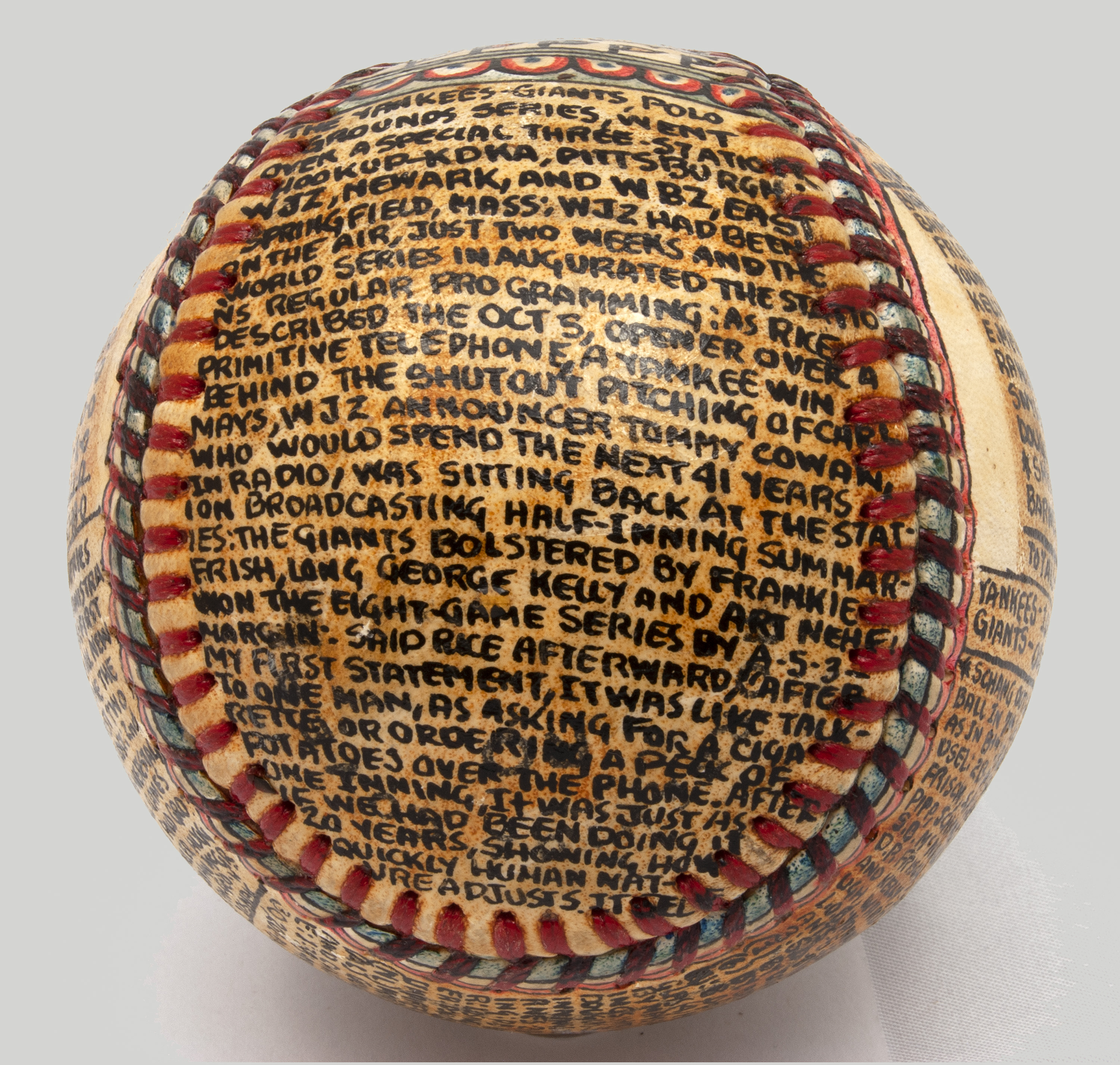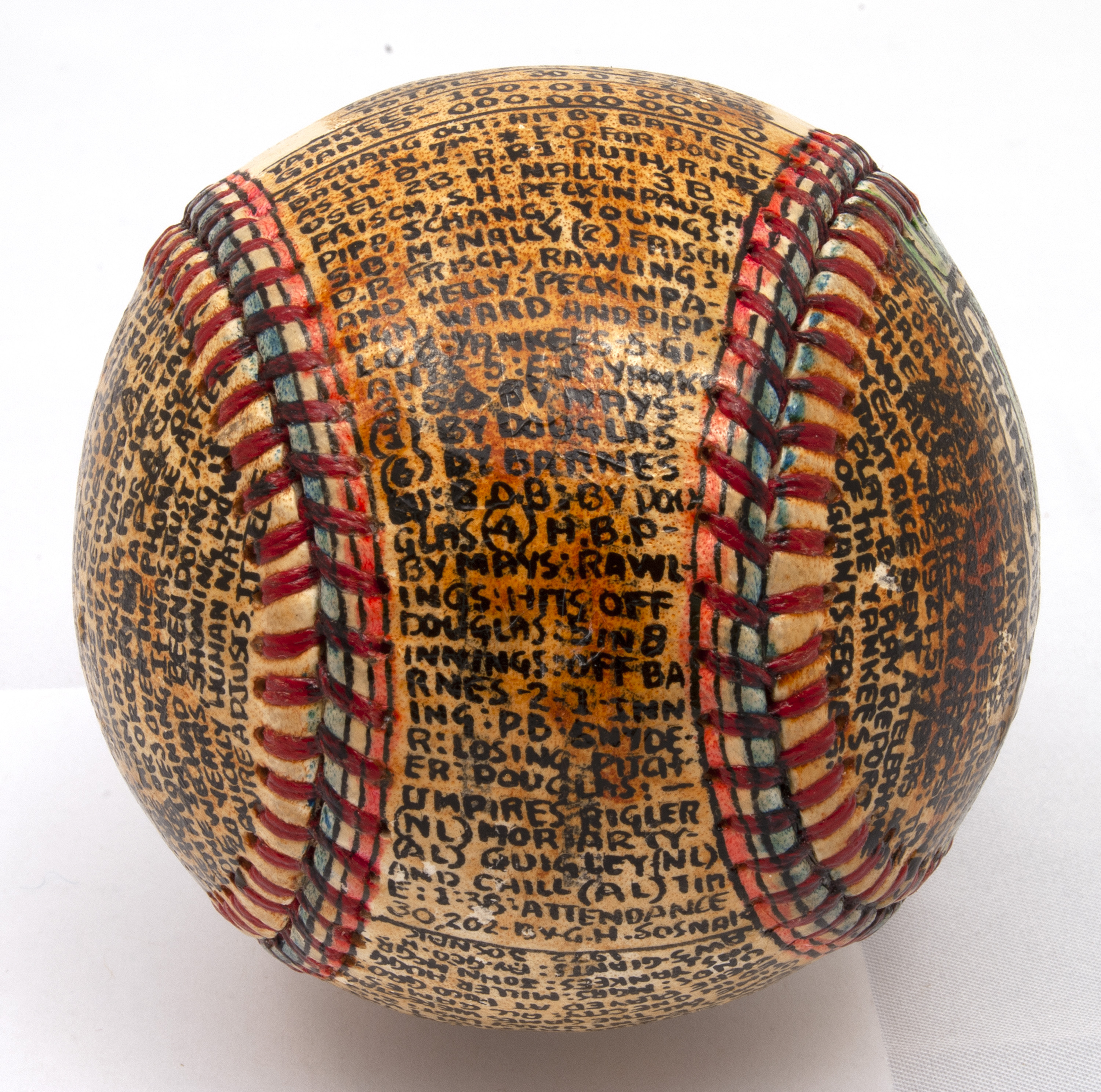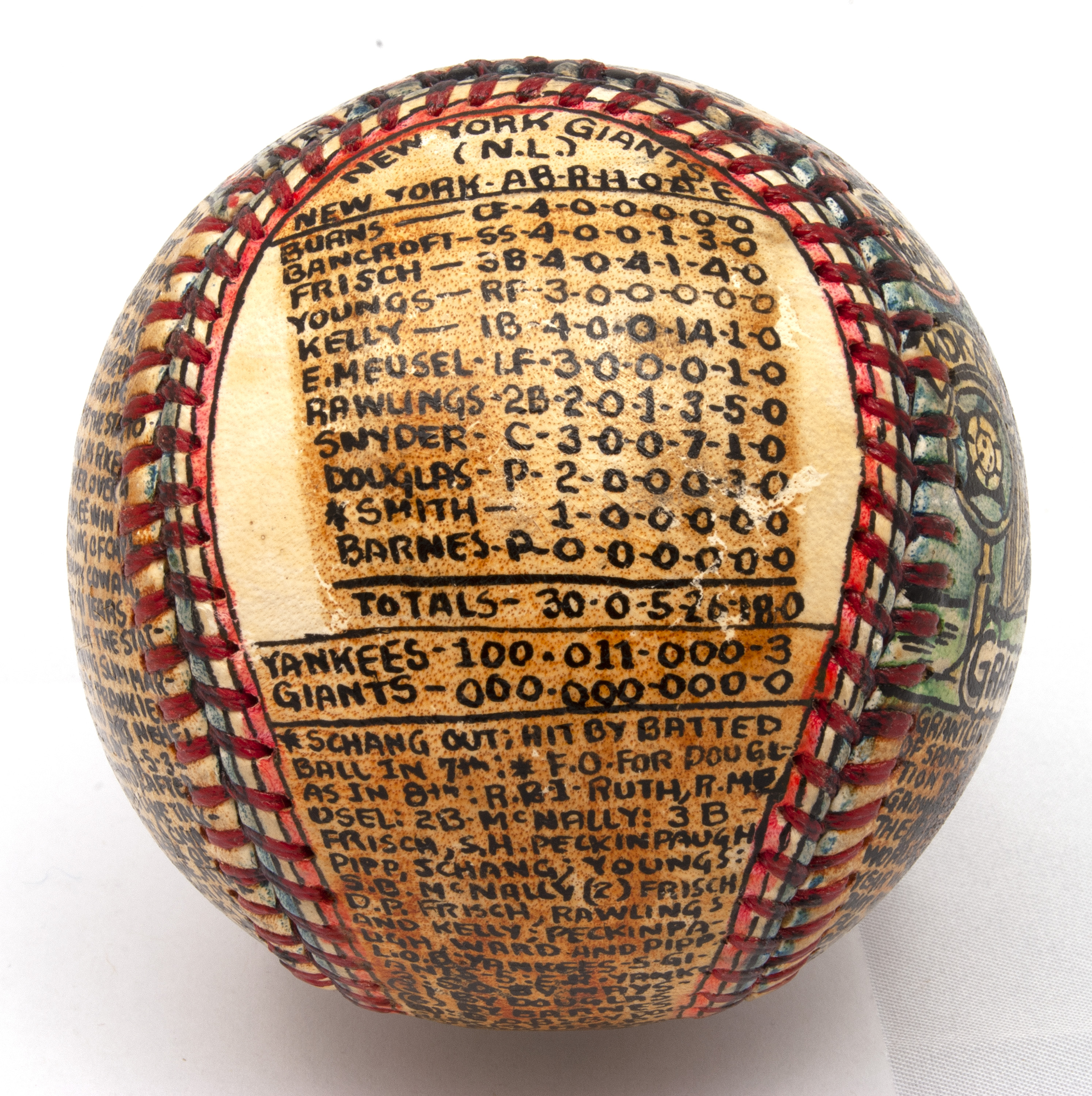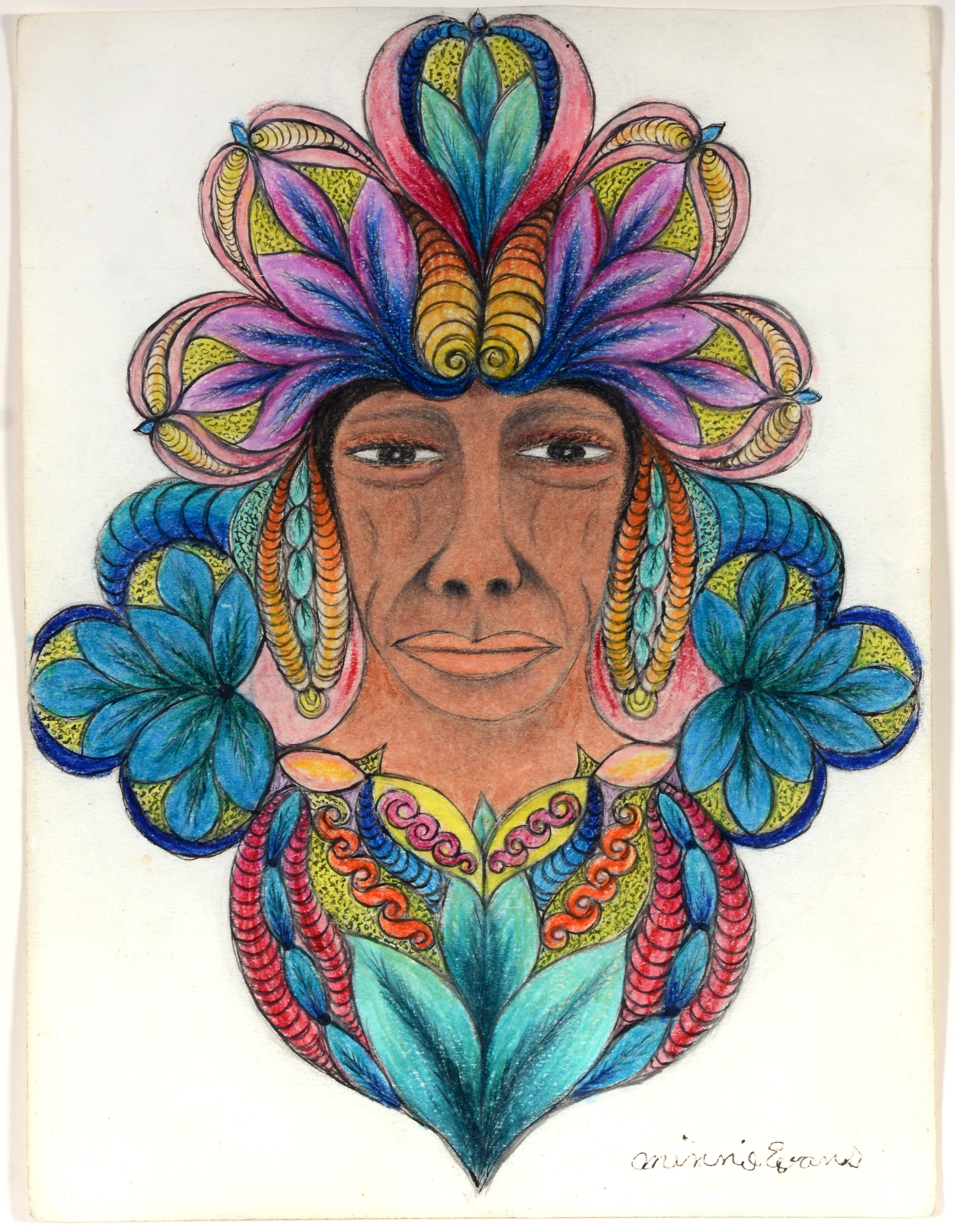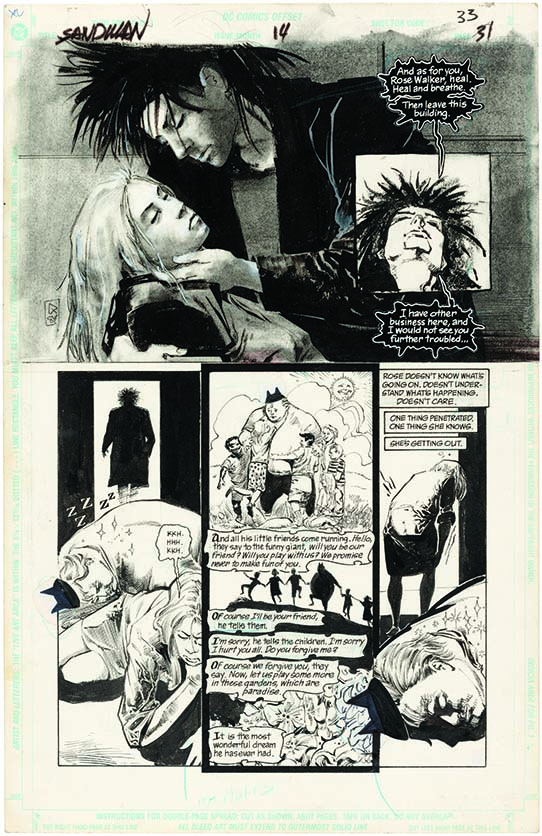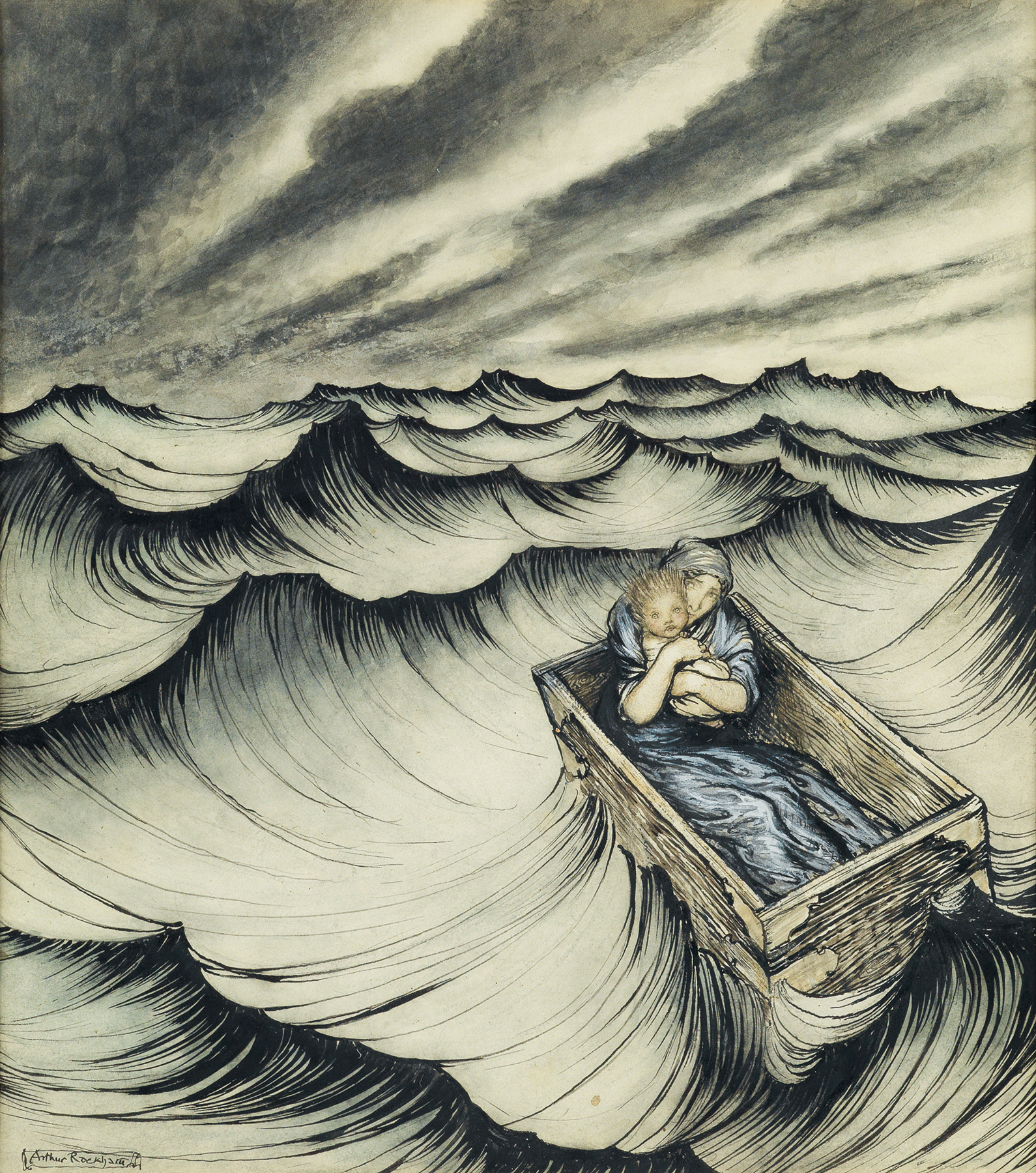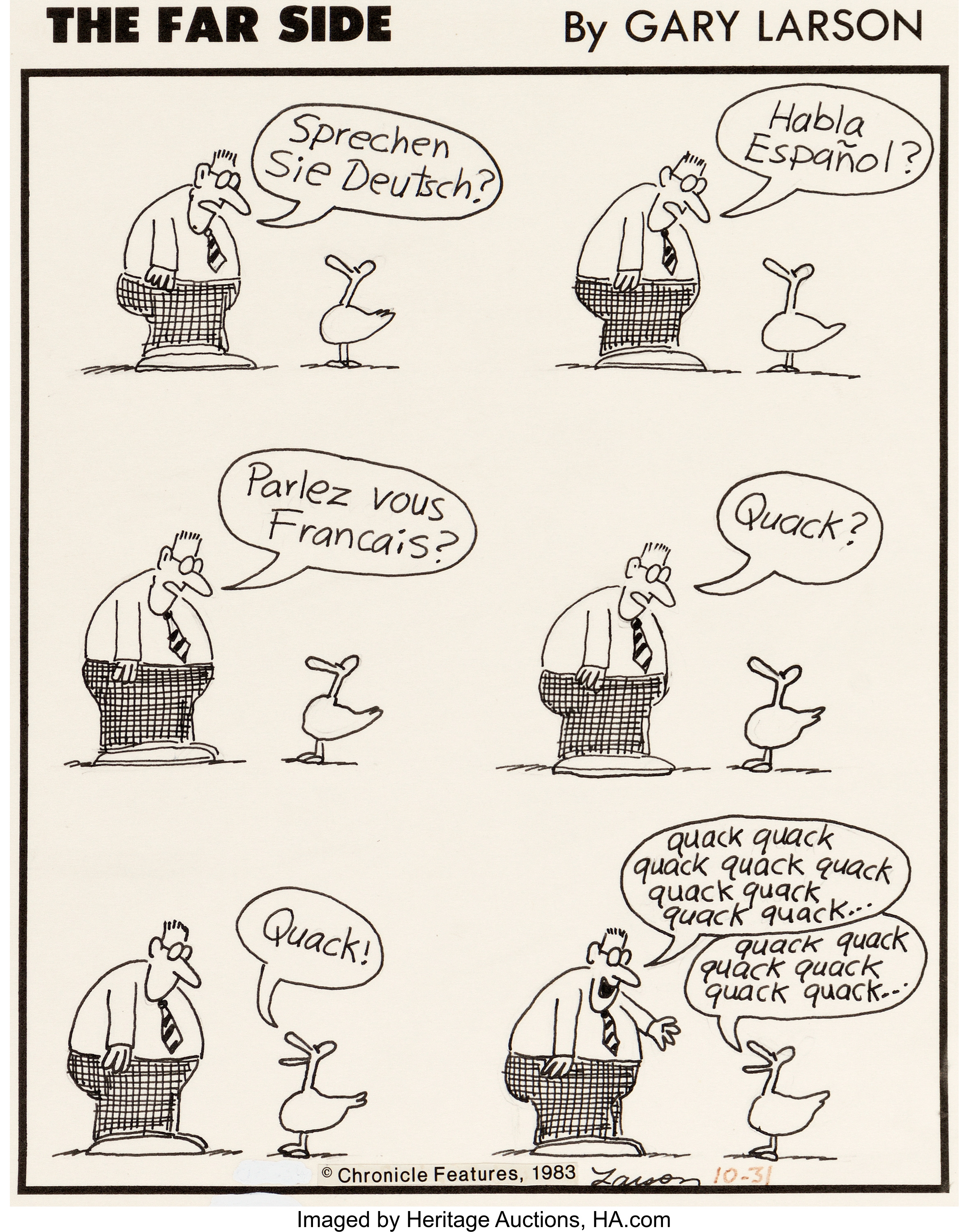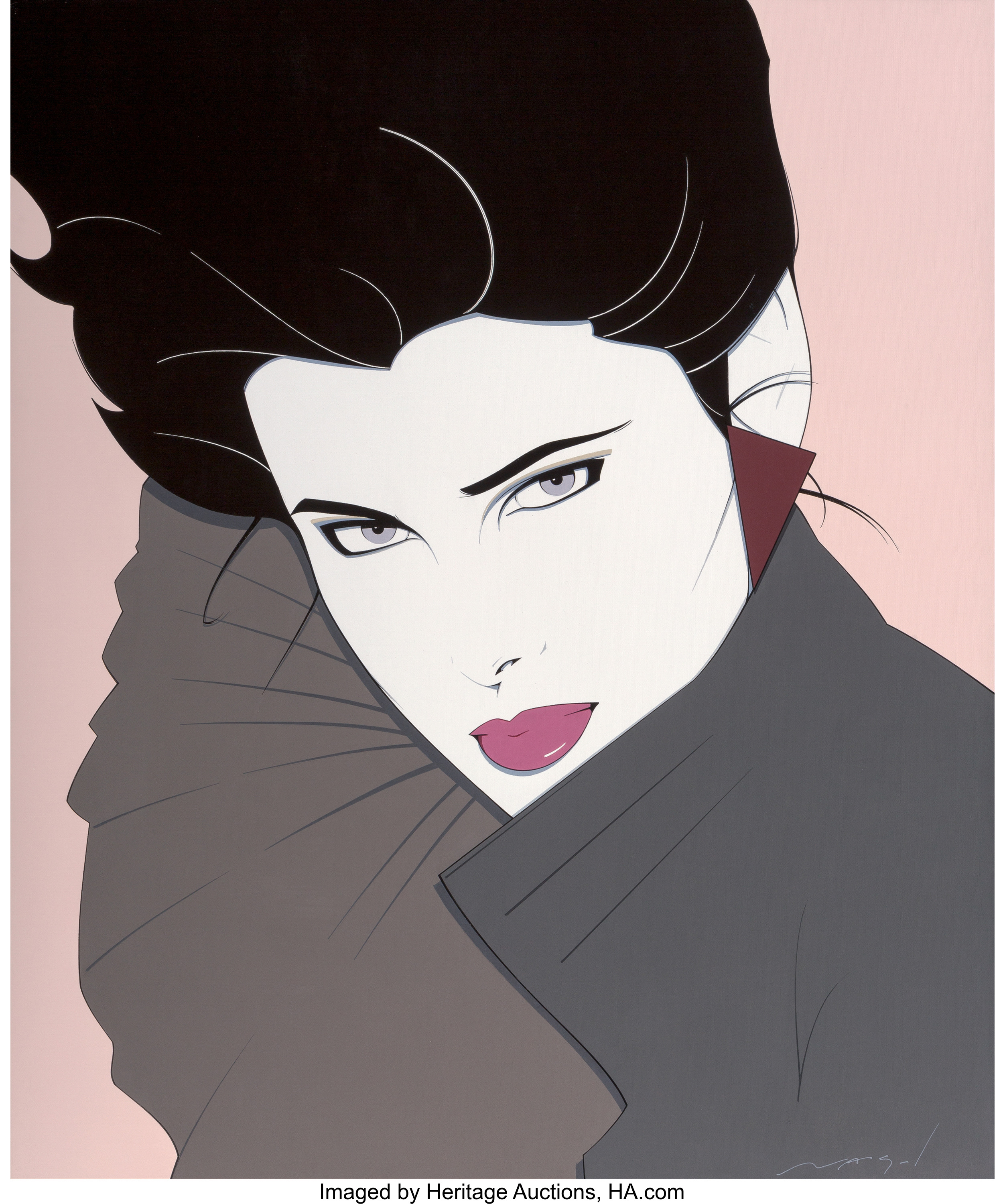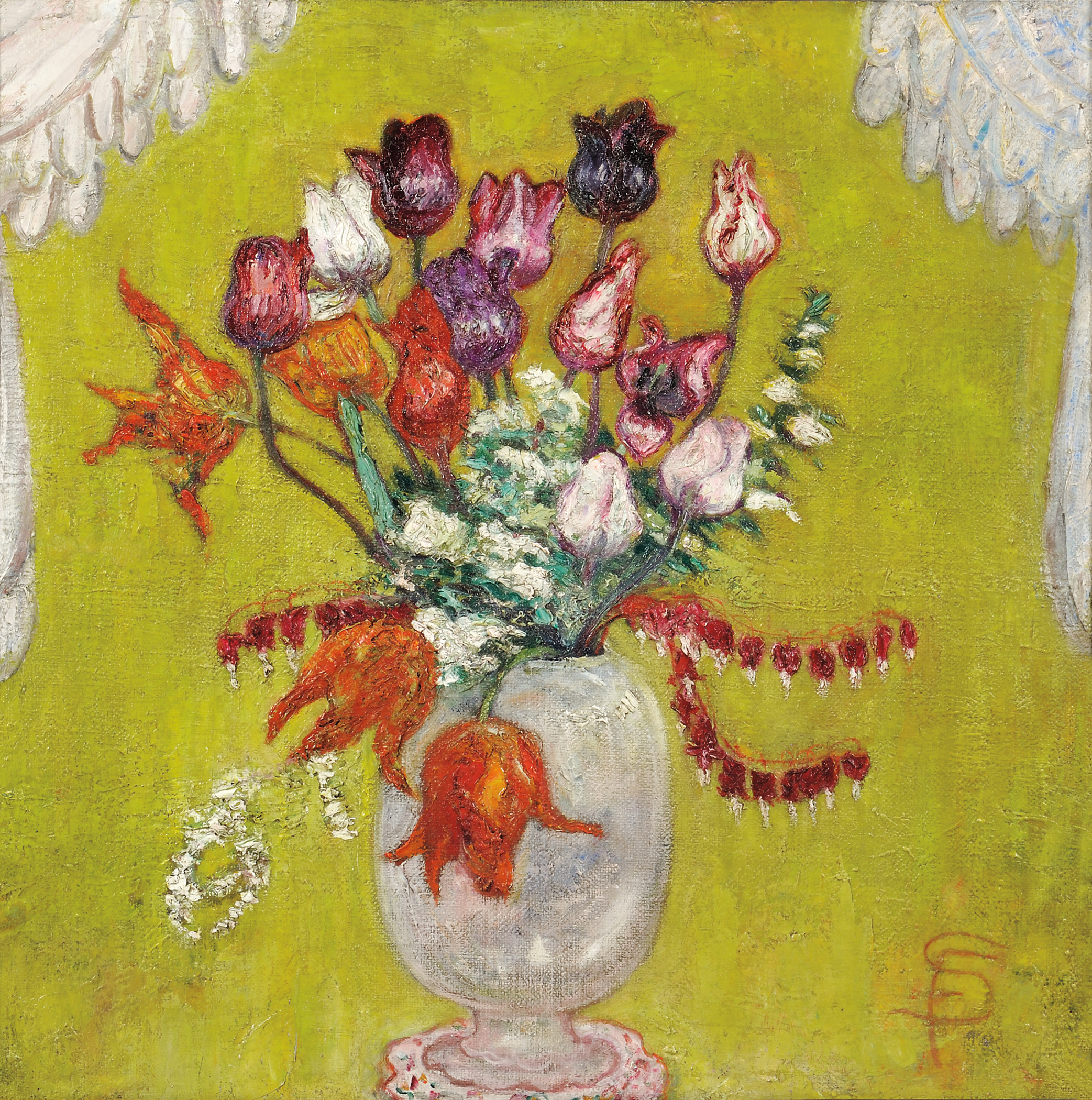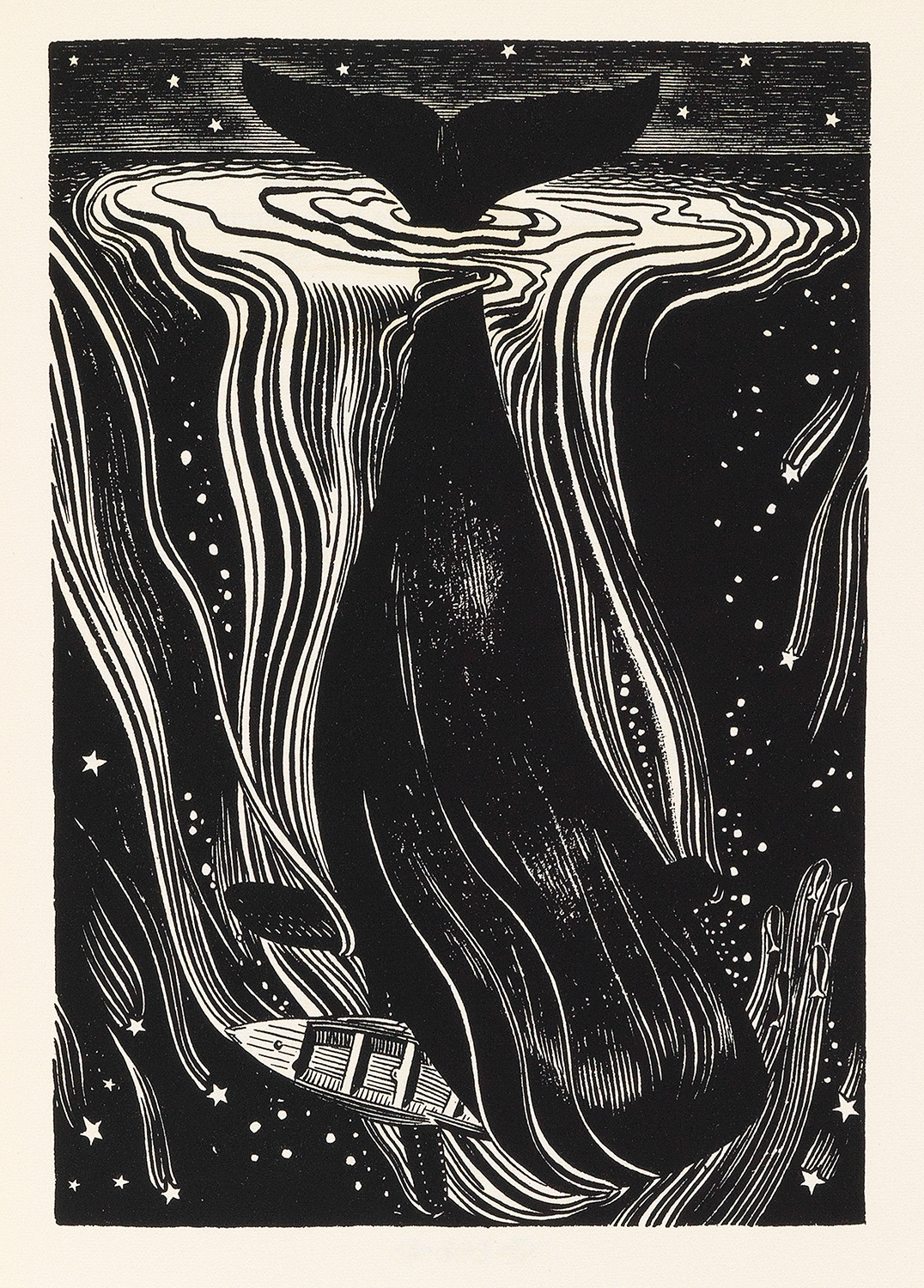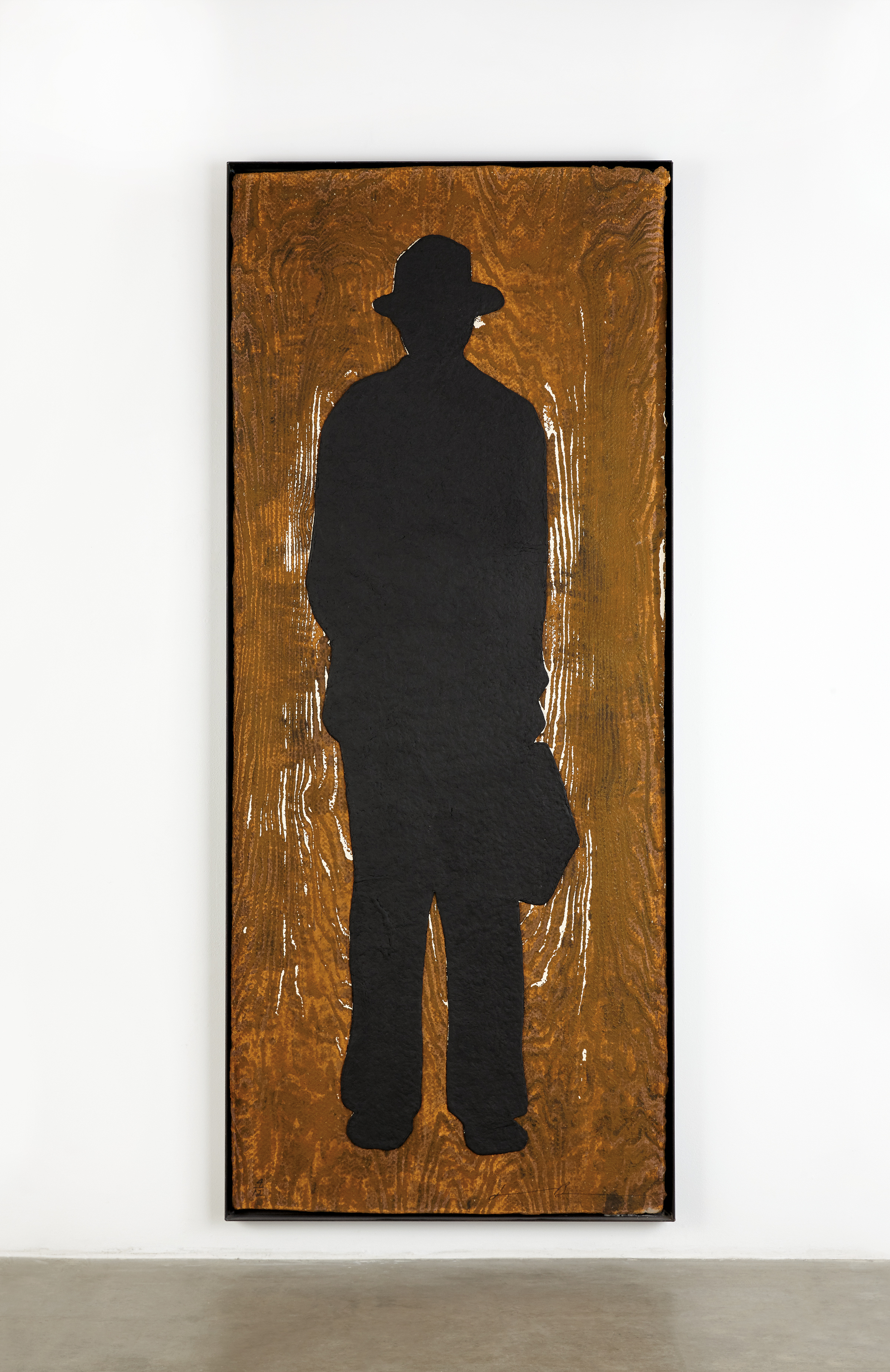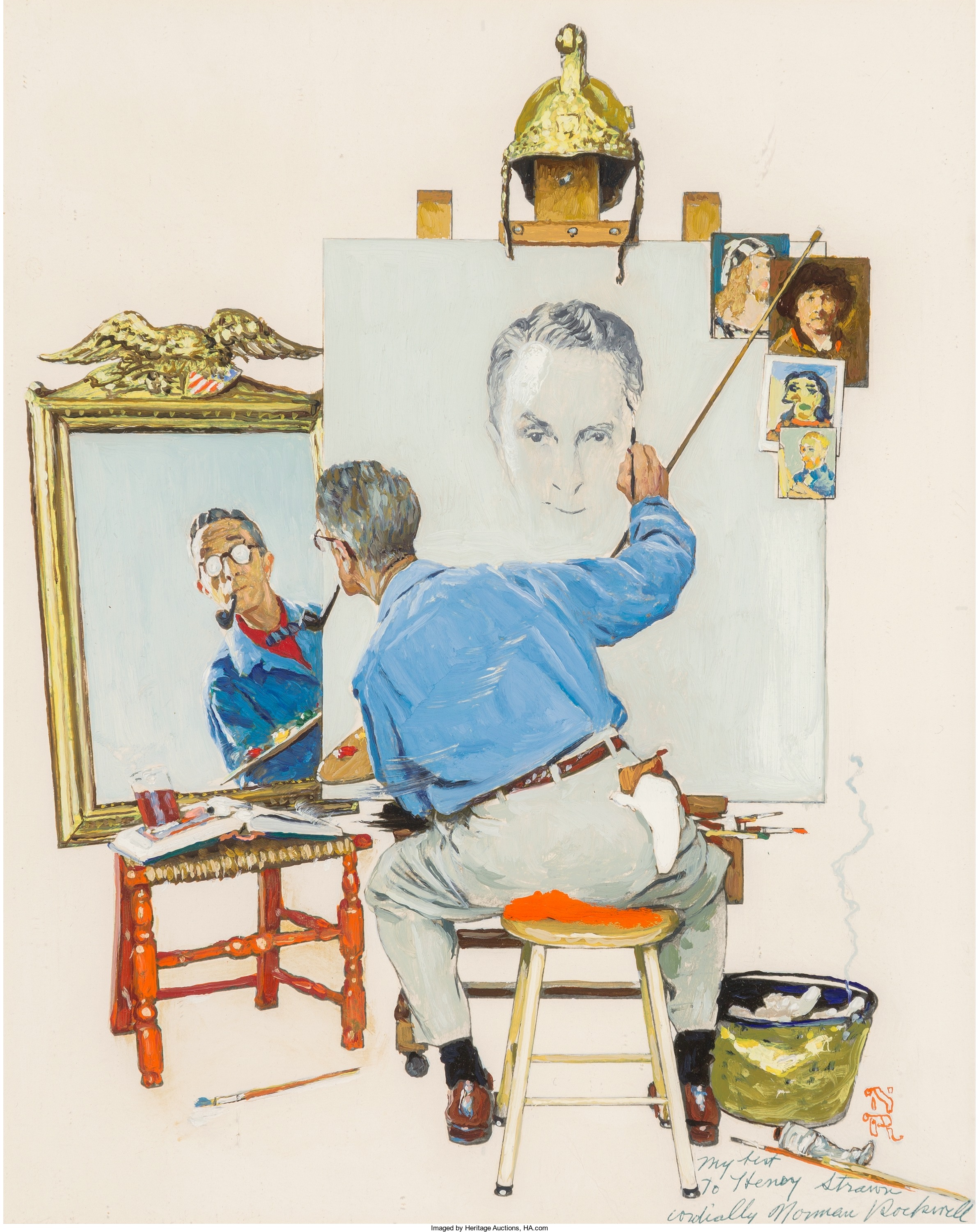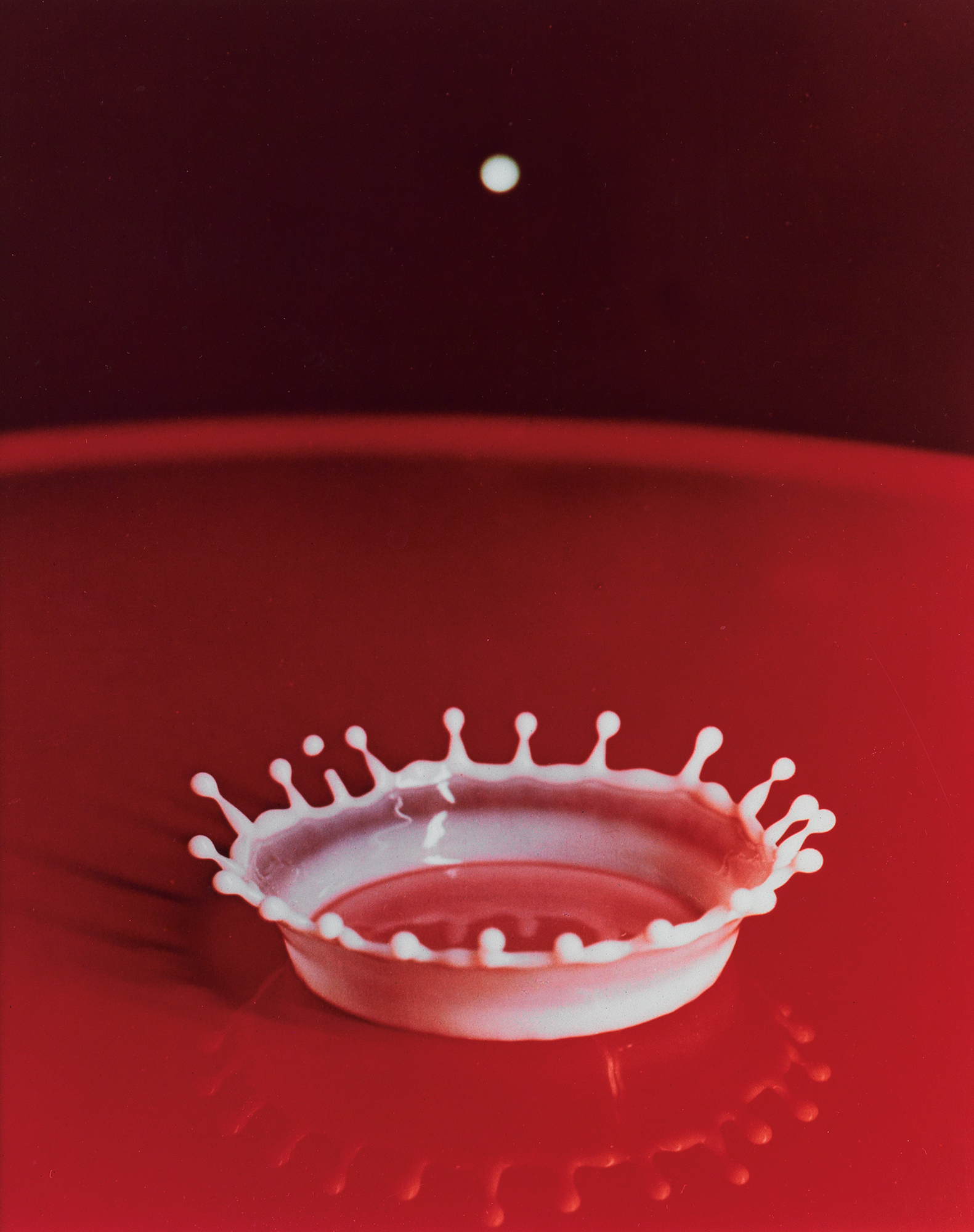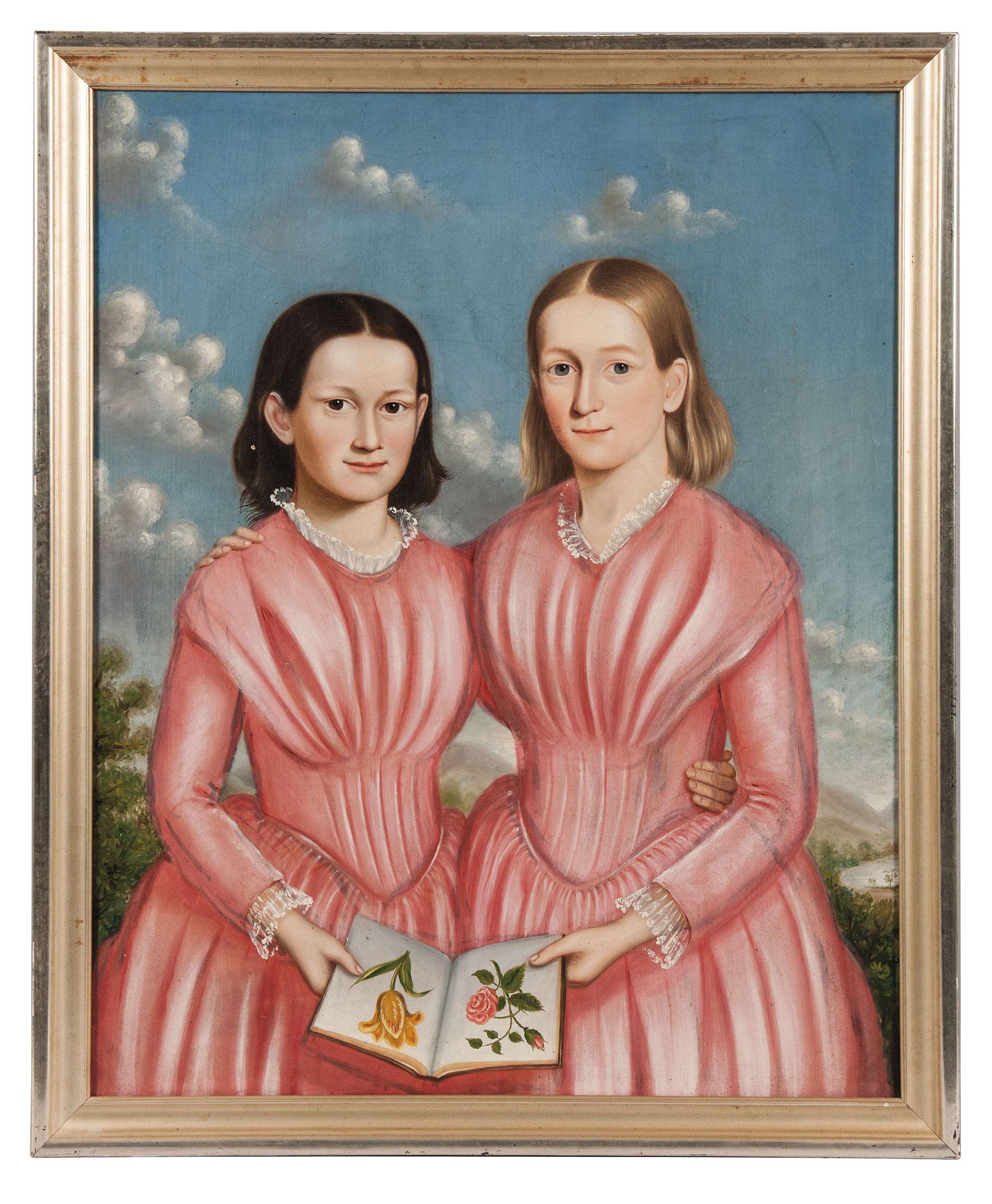A Tamara de Lempicka Portrait Could Set Yet Another New World Auction Record for the Artist (Update February 6: It Did!)
Update: Portrait de Marjorie Ferry (Portrait of Marjorie Ferry) by Tamara de Lempicka sold for £16,280,000, or $21.1 million–easily a new record for the artist at auction, and the third painting of hers to break her auction record in a span of 15 months.
What you see: Portrait de Marjorie Ferry (Portrait of Marjorie Ferry), a 1932 oil on canvas by Tamara de Lempicka. Christie’s London estimates it at £8 million to £12 million, or $10.4 million to $15.6 million.
The expert: Keith Gill, head of the Impressionist and Modern art evening sale held at Christie’s London.
Who was Tamara de Lempicka, and why does her work still speak to us today? She was a famous female artist of the 1920s and early 1930s, and very much in the celebrity mold of her time. She was probably almost ahead of her time in terms of her approach to things. I don’t think her art has dated as such. Her aesthetic appeals to people today as in the 20s and 30s. Her art has become timeless.
Aside from a six-month trip to Italy that she took as a 13-year-old with her grandmother, what art training did she have? She undertook some art studies in Saint Petersburg, and when she came to Paris in 1918, she went to classes as often as she could. She studied at the Académie de la Grande Chaumeière, and enrolled with Maurice Denis at the Académie Ranson, and she traveled to Italy quite frequently. And she sat in cafes in Montparnasse and discussed art and fashion with the avant-garde.
So, no traditional art studies that ended with a degree, but more than sufficient… I can’t say she was self-taught, but she didn’t take a formal qualification. She took every single opportunity to be taught.
How prolific was Tamara de Lempicka? Is there a catalogue raisonné? Yes. There are 218 recorded works on paper, and in terms of oils, there are 520 in the book. It’s worth pointing out that it includes works from the 1940s into the 1970s, where really, the key period is the late 1920s and early 1930s.
What happened in the 1940s? She did far fewer commissions, and more still lifes. She didn’t paint identified individuals. There’s a mix of imagery.
So she didn’t just do portraits, but she’s most famous for her portraits? She’s most famous for her portraits, and they’re the most highly valued works she did.
At what point in her career do her paintings start looking like the Portrait of Marjorie Ferry–the imagery we think of when we think of Tamara de Lempicka? I’d say she finds her way very early in the 1920s. I would argue her style evolved to what we recognize in 1925, and by 1927, she has her mature style, the style that propelled her to fame and fortune.
How did Tamara de Lempicka’s social life shape her business life? How did it help her attract clients and commissions? It’s incredibly difficult to say which way around it worked. Really, the two very much related to each other. The paintings built her social life. Her portraiture was almost instantaneously successful. She became a celebrity, and she got more commissions and became someone people wanted to have at parties. She wouldn’t have been invited to parties or have become famous if people didn’t like her work.
Where was Tamara de Lempicka in her career in 1932? She was very much the toast of Paris. She was absolutely at her peak. Her top 10 [works at] auction all date from 1925 through 1932, the year of this work.
I’ve seen Tamara de Lempicka’s work described as Art Deco in its style. What makes it Art Deco? The stage-like lighting and the very stylized backdrops it has. In a picture like this, it’s the greys, whites, and blacks in the background, and it’s [Ferry’s] very Art Deco hairstyle as well. The haircut is very much of that time.
How did the commission for Portrait of Marjorie Ferry come about? Did she know Ferry or her husband or both? The balance of probability is she knew them both. Around 1933, she did a portrait of Suzy Solidor, one of her lovers who was a cabaret singer. It’s likely she met Marjorie Ferry through her relationship with Solidor, and probably, Ferry’s other half, a wealthy banker who commissioned the portrait, was part of her circle at the time.
I understand one reason that Ferry’s husband commissioned the portrait was to immortalize a cabochon ring that he’d given her. Can you talk a bit about how Tamara de Lempicka structures the composition to showcase both the sitter and her jewelry? She does it through a very interesting device. You’re drawn to her face and hair, and the red of her lips. Then you have the very vertical line of her arm, drawing your eye down to her other hand, and the red in her nails. If you drew a straight line from the center of her lips, you’d land on the light in her ring. It’s very clever.
Does this work represent the only time that Marjorie Ferry appears in a painting by Tamara de Lempicka? Yes. It was a one-off commission. The only people she paints a number of times are her family or her lovers.
What do we know about how Tamara de Lempicka worked? Would she have had Marjorie Ferry pose in her studio, or would she have shot photographs of her and worked from those? The balance of probability is Ferry sat for the portrait in an old-fashioned sense. The background is very much in line with the design of the artist’s studio in Paris. It wasn’t exactly like this, but it was a very stripped-down steel interior with lots of reflections.
De Lempicka described her style of painting as “clean”, and credited her style with her success. Could you talk about what she meant when she said “clean”? In this work, the “clean” aspect is around the simplicity of it, a fundamental focus on the sitter and the simplistic background. It’s a stripped-back, minimalist aesthetic, both in the backgrounds and in the way she paints her figures. This work has a very flat surface, but the variation is all in the color and the paint, not in the surface. You can see the link between this and photography.
I’m not sure I understand what you mean when you say you see the link between this and photography. It’s not going out of its way to look like a painting. It’s not painting for painting’s sake. It’s more about the subject and the use of light and dark rather than the physical surface of the painting.
A story about Tamara de Lempicka on the Christie’s website describes her work as “conspicuously luxurious pictures for conspicuously luxurious times”. Do you agree? What, in your opinion, makes them “conspicuously luxurious”? The look of the fabric, the dresses you see on the sitters–it’s a very luxurious, satin type of fabric. It creates a very luxurious feeling. And the ring Ferry has, the perfect nails, the perfect hair, it very much illustrates the wealth of the time.
And it’s very Old Masters-y to revel in the details of luxurious fabrics… Exactly. It goes back to the Medicis, and commissioning portraits as status symbols.
What’s the painting like in person? Are there any aspects that the camera fails to pick up? Not really. I think it’s incredibly striking in person. It feels almost lifelike, life-size. When it’s on the wall, you appreciate the incredible shades of light and dark.
What’s your favorite detail of this painting? It’s her hand with the ring and the nails, because it’s very much an intrinsic part of the story of the picture, the sitter, and the fiance. And one of the hardest things for artists to do is to paint hands, and Tamara de Lempicka paints hands incredibly well. She’s drawing attention to her prowess.
No fear. It’s very much in your face, “Look how good I am”. She wants to be compared to the Old Masters in terms of technical ability.
In 2018, Christie’s sold the artist’s La Musicienne for a record price. Last November, Sotheby’s sold La Tunique Rose for a new record. Is it a coincidence that the record for a work by Tamara de Lempicka has broken twice in the span of 18 months, or do the sales represent an acceleration in her market? We often find strong prices when we bring other works by the artist to market. There is that result we had in 2018, which was a record then. When you achieve a record for the artist, the market talks about the artist. Maybe it started people thinking more about Tamara de Lempicka. What’s nice is a lot of her works are in private collections. Clients see the price and think about parting with a certain painting.
How does Portrait de Marjorie Ferry compare to the two recent record-holders? I know it once held the world auction record for a Tamara de Lempicka work… It held the record for one day, and it was broken the following night by Portrait of Madame M. But I think it’s very comparable to both of them in terms of quality, technique, and composition, and arguably more comparable to the 1929 work [La Musicienne], which has the second highest price. Her style evolves. In 1927, she wasn’t quite at her peak, but in 1929, she was absolutely at her peak in terms of style.
How long has Tamara de Lempicka been a feature of Impressionist and Modern evening sales? Is that recent? It goes back a long way. We had a strong piece in an evening sale in 2004 and others in 2006. What’s different here is we featured Portrait de Marjorie Ferry on the cover, and that’s the first time a female artist has been on the cover of the catalog for an Impressionist and Modern evening sale [at Christie’s London]. Everyone is saying how incredible it is as a catalog cover.
Is Portrait de Marjorie Ferry the first work by Tamara de Lempicka with an estimate that edges into the double-digit millions? Yes. The one that made a big price in New York [La Tunique Rose] had an estimate of $6 million to $8 million, and before that [La Musicienne] was $6 million to $8 million. This one is £8 million to £12 million, very much the highest starting price for the artist.
What are the odds that Portrait de Marjorie Ferry will break the record on February 5? All I would say is it has a very good chance.
Why will this painting stick in your memory? I like it because it has a very strong… almost insight into the strength of her [Ferry’s] personality. She looks directly at you, and she has grey eyes, which tie into the greys in her clothes and in the background. And I’m proud to be somebody who put a female artist on our cover.
How to bid: Tamara de Lempicka’s Portrait de Marjorie Ferry is lot 8 in the Impressionist and Modern Evening Sale taking place at Christie’s London on February 5, 2020.
How to subscribe to The Hot Bid: Click the trio of dots at the upper right of this page. You can also follow The Hot Bid on Instagram and follow the author on Twitter.
Christie’s is on Twitter and Instagram.
Image is courtesy of Christie’s.
Gill also speaks in an article about Tamara de Lempicka on the Christie’s site.
Would you like to hire Sheila Gibson Stoodley for writing or editing work? Click the word “Menu” at the upper right for contact details.




